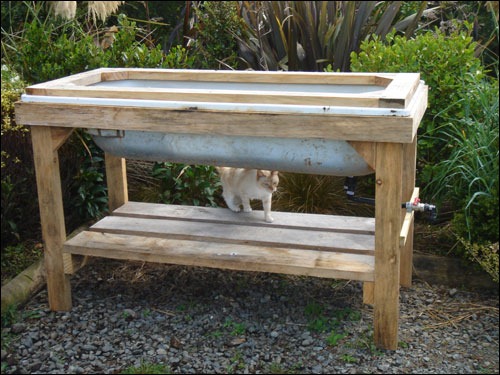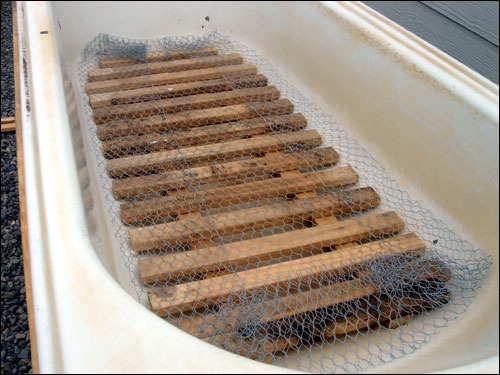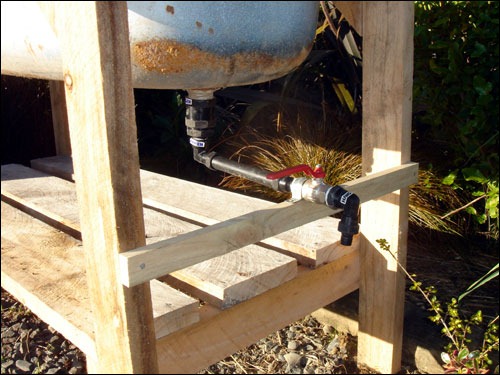$3 LED light bulbs coming soon…
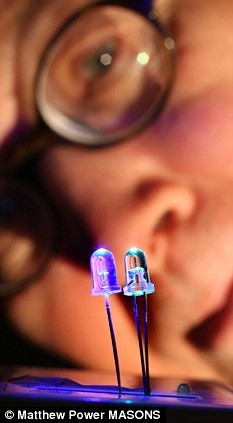 Researchers at Cambridge University have come up with a method to significantly reduce the cost of creating LED light bulbs. LEDs use gallium nitride and requires being grown on sapphire wafers. The new technique allows growth on silicon wafer reducing the cost significantly from $28 to $3 per bulb. The big news for the bulbs is they use 12 times less energy that incandescent bulbs, last for 60 years, and they are far enough in their research that they could come to market in just a two years. Just imagine, in just a couple years you could be buying your last light bulb(s) of your life, unless you physically break them of course.
Researchers at Cambridge University have come up with a method to significantly reduce the cost of creating LED light bulbs. LEDs use gallium nitride and requires being grown on sapphire wafers. The new technique allows growth on silicon wafer reducing the cost significantly from $28 to $3 per bulb. The big news for the bulbs is they use 12 times less energy that incandescent bulbs, last for 60 years, and they are far enough in their research that they could come to market in just a two years. Just imagine, in just a couple years you could be buying your last light bulb(s) of your life, unless you physically break them of course.
This this so exciting for indoor growing, my cheap LED grow box works great for the small space for seedlings. When I start thinking of expanding my growing area, the current LED prices make the start-up cost to illuminate a large space is considerable. Because of this I am forced to resort to CFLs as the more economical solution. With these innovations we could definately see indoor gardening much more accessible to a greater audience with this financial barrier lifted. via Gizmodo
Tags: cheap, garden seeds, growbox, led, vegetables
Gardening products I would buy if I wasn’t so cheap
15.3 years ago cheap, compost, germination, indoor seed starting, tomato
Today I got my Gardener’s Supply Companycatalog, this particular catalog is dedicated to items to assist you with your gardening habit. You should be able to guess from this site I do my best to resist buying anything for the garden I absolutely need, otherwise I make a cheaper alternative. Well the point of this post is to show what I would like to get if I wasn’t as disciplined.
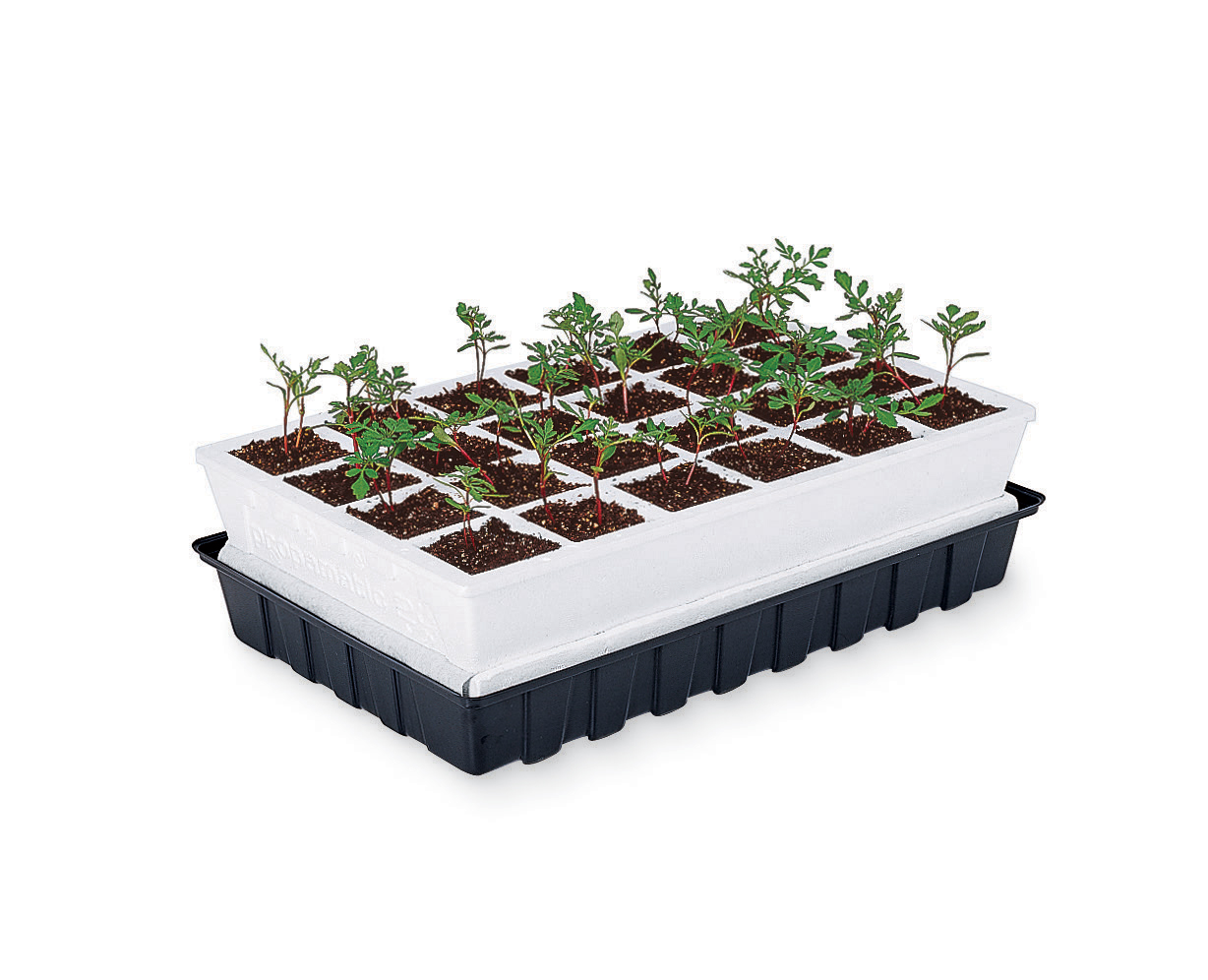 |
They sell these Accelerated Propagation System (APS) seed starting kits which have all the basics you expect from a seed starting kits you would find at your local garden store. They include 6 to 40 cells to plant seedlings and a clear plastic dome to help raise the humidity to provide extra moisture for the tender seedlings. The bonus in this setup is it also contains a reservoir which holds enough water to keep them moist for up to a week. With the help of an elevated platform and capillary matting provides just the right amount of water to your plants. At just $19.95 for the 40 and 24 cells sizes this is one purchase I am still considering, since I never have finished my automatic watering system on my computerized grow box and this makes much better use of space than my plastic tub, newspaper pots, and daily watering method I am doing now. |
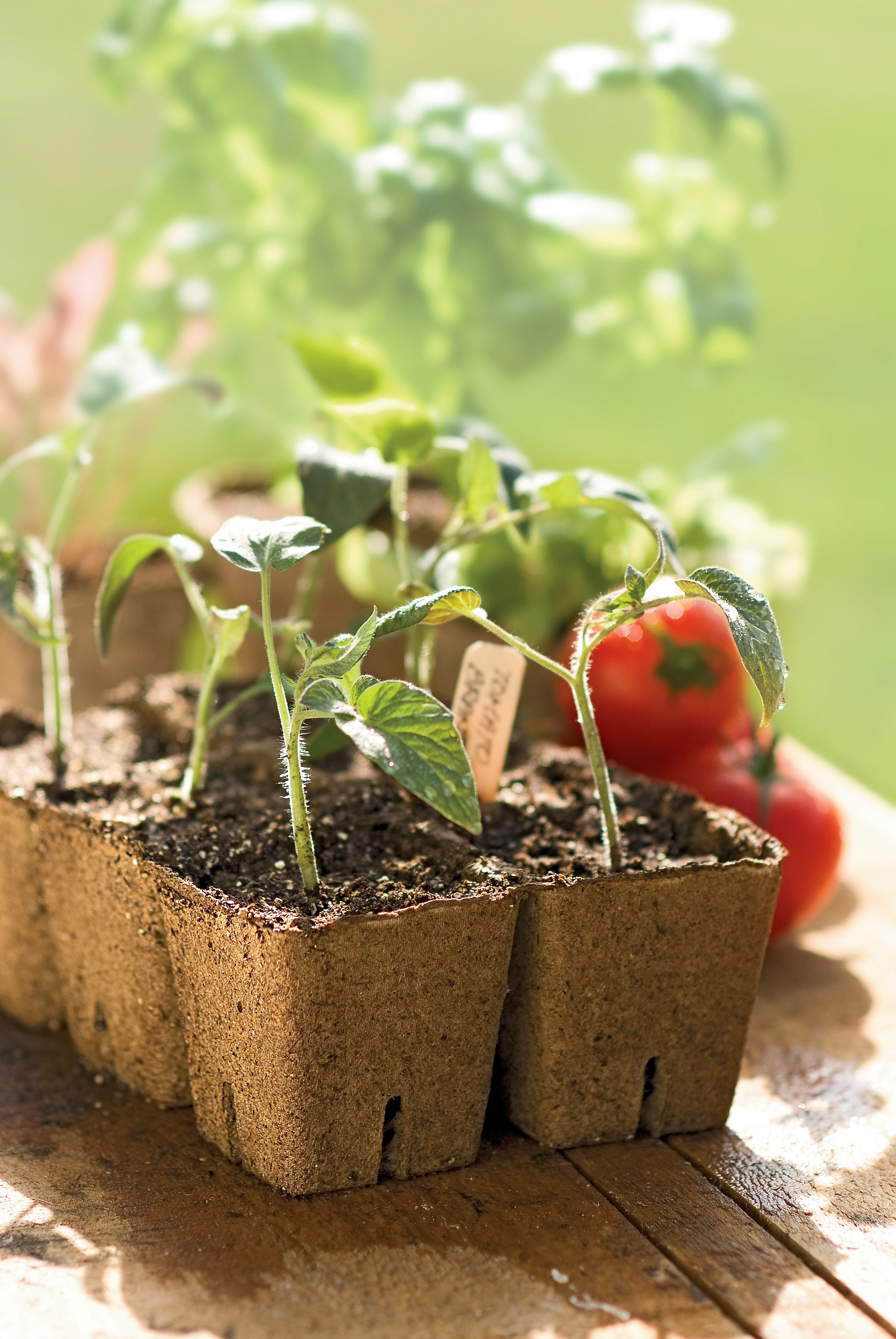 |
Eco-Friendly Cowpots basically planting pots made as a byproduct of processing cow poo. The poo is dried, composted and mixed with natural fibers creating a completely biodegradable pot which holds up well during growth and transplanting but biodegrades in the soil after several weeks. I watched an episode of Dirty Jobs which went through the whole process and it was very interesting and environmentally conscience but, unfortunately due to the price tag (about $1 a pot) these are a little over my budget since my newspaper pots are free. |
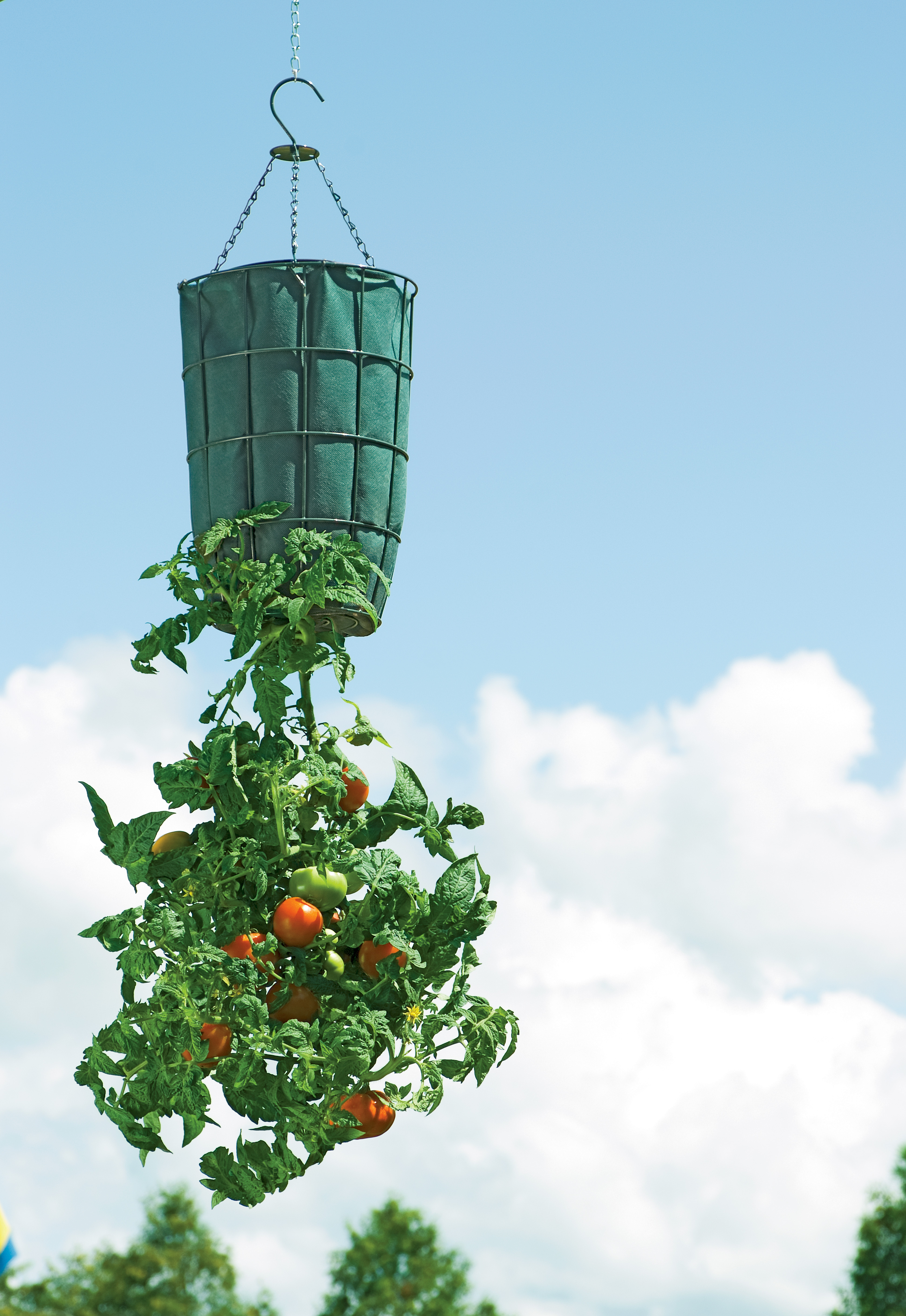 |
Gardener’s Revolution Planter – You have probably seen something similar advertised between gardening shows on HGTV (Topsy Turvy) , I know my daughter has and has been talking about growing tomatoes upside down for some time now. She even on her own came up with a ingenious design to do this (not 5 gallon bucket) which I will write-up when we get around to that project. In case you were wondering the improvement this year (or compared to the TV advertisement) it is the addition of a 1 gallon water reservoir which slowly releases water to the plant as neededSelf watering must be a big seller this year since there are also many other variances of self watering pots in many shapes and sizes with designs similar to the original (to my knowledge) the EarthBox. |
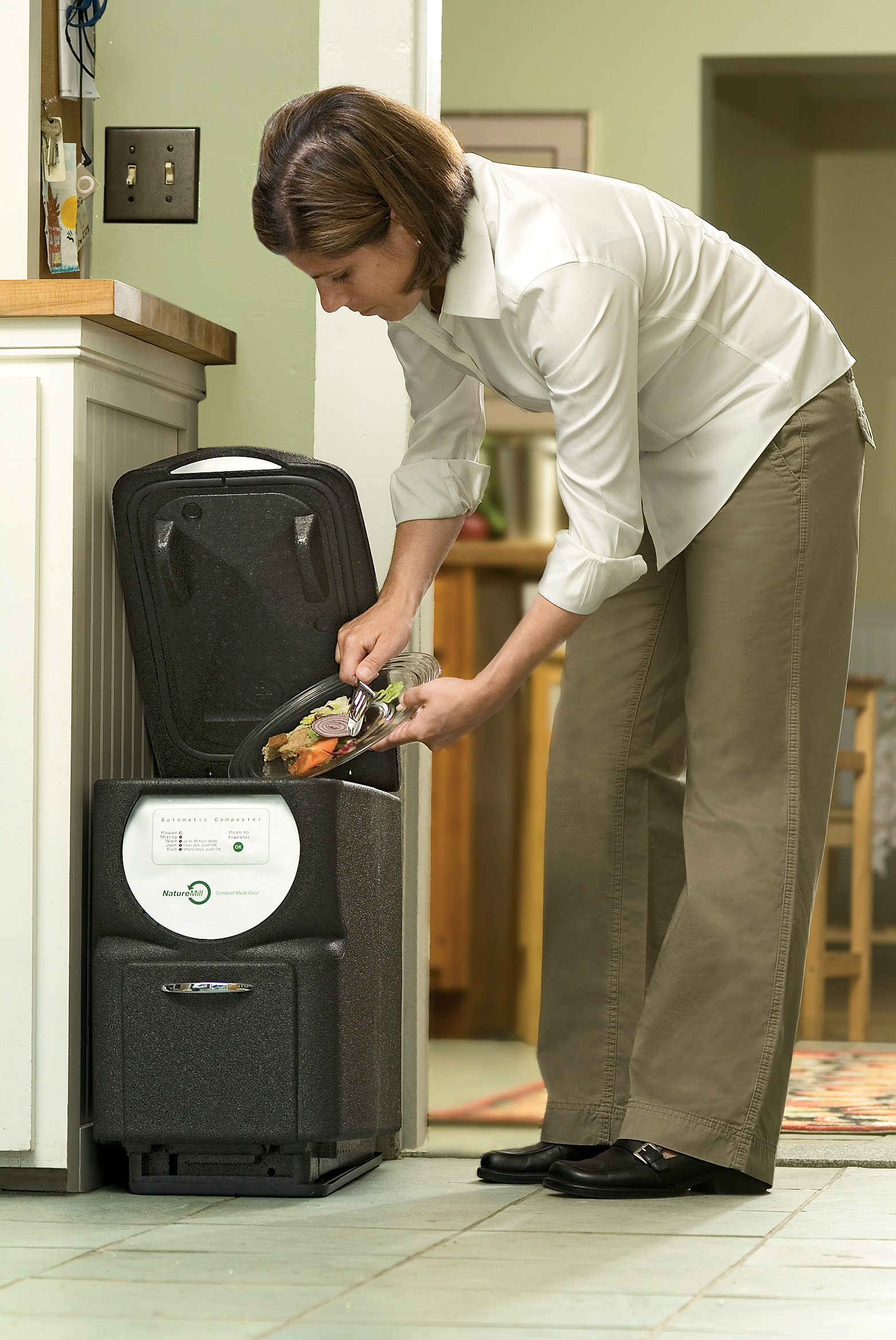 |
Now definitely in the gadget department the Push-Button Kitchen Scrap Composter can take your everyday kitchen scraps and turn them into compost in less than 11 days. The concept on this one is pretty simple:Food + Heat + Spinning = Compost
Of course it crossed my mind of creating something similar myself, but probably would end up burning down the house or if I was lucky just launch partially composted food across the living room at 50 miles per hour. Given the $299 price tag seems like I will be stuck to waiting 3-6 months for my compost to be created. Though it would be much more convenient than walking through the snow to add kitchen scraps to the compost. |
Tags: cheap, compost, garden seeds, growbox, led, outdoor plants, tomato plants, vegetables
Make a worm bin out of a bath tub
15.3 years ago vermicomposting, worms
Over at LifeBoat Farm they have created this great DIY Worm Farm out of an old bathtub. What I like about this build is they could have easily taken the bathtub propped it up on some cinder blocks and have been done with it. They took the extra effort with the wood enclosure (with bonus storage shelf) and proper drainage making use of the actual drain it almost appears that this is the true use for this bath tub.
Tags: worms
1st Blog-Iversary
15.3 years ago Uncategorized
Exactly one year ago I wrote the first post for The Cheap Vegetable Gardener. Over this short time I have had a tremendous response, more than I ever had ever imagined. I wish the January spike (below) would continue into 2009 but much of this was traffic was significantly elevated my the following honorable mentions:
- Hack-a-day (PS2 controller thermometer)
- Hack-a-day (Automated plant growing)
- Top listing on reddit.com/frugal for a few days
- MAKE: Blog: LED light grow box
Thank you to everyone who has read the blog this past year and actively participated with your kind comments. Without your feedback I probably would have gotten bored and stopped writing many months ago.
Thanks,
The Cheap Vegetable Gardener
Tags: cheap, growbox, led, outdoor plants, vegetables
Updated time-lapse video of strawberries growing in growbox
15.3 years ago computer, indoor growbox, strawberries
Here is the strawberries growing after 2 weeks in the grow box. Looks like I may need to get some Q-tips out and do some manual pollination if I want to see berries. I feel so dirty…
Tags: growbox, strawberry plants
Why you should check on your grow box (especially if it is computerized)
15.3 years ago blueberry, computer, cucumbers, indoor growbox, strawberries
My day job is in software development, so of course it came to mind that software/hardware can fail while I was making my computerized grow box. During its inception, I would check on it daily physically or remotely to make sure all was well. After a couple weeks of this it was so stable that I started to not check quite as often. Though in my mind there was never any question of if it would crash, it was when. Well that answer came tonight when I decided to check on my strawberries, cucumbers, and blueberry plant (trying to propagate a blueberry plant damaged in recent snow storm)
I noticed the lights were out and turned on the LCD display to see “Unable to find operating system.” Before anyone screams “you should have used Linux”, the problem was completely hardware related caused by a failed hard drive (not even the one with the operating system). Unfortunately this was the drive that had the SQL database, so hopefully I will be able to savage some of the data. Once I got the machine to boot up I saw the temperature was down to 38 degrees (poor little cucumber plants) but fortunately in the time it took to write this post it warmed up to 47.3F 57.7F, so hopefully the cucumbers will feel better in the morning.
Tonight I am adding one more item to my software to do list, a Vista Gadget to monitor the health of the grow box to ensure it is up and running. This was also a good time to ask the mental question, “When was the last time I backed up my code?” Code now backed up and am wondering why I am breaking my cardinal rule of always having source control even with a single developer.
Tags: cheap, grow lights, growbox, led, outdoor plants, strawberry plants, vegetables
